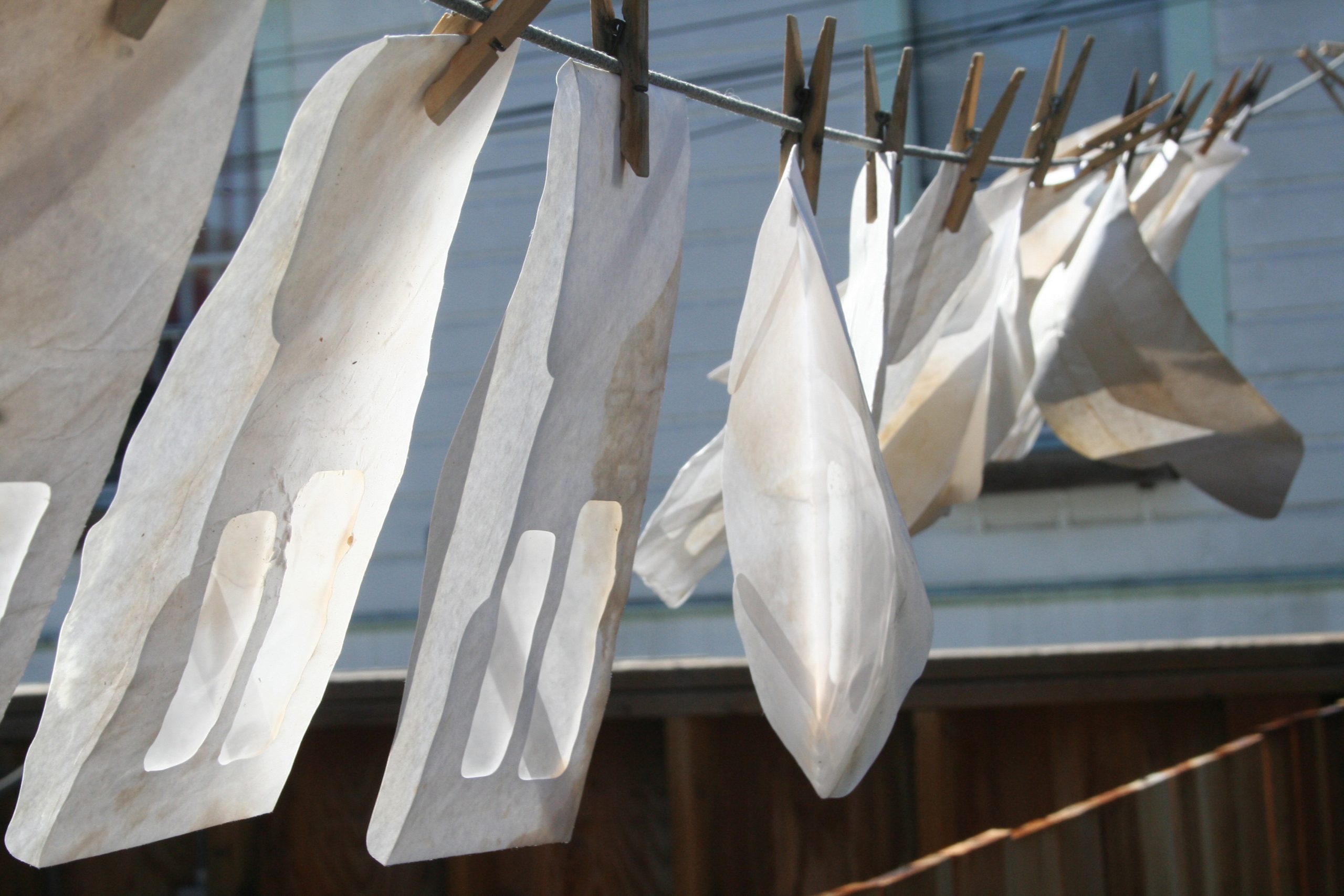Art & Art History
Precarity: Contingency in Artmaking and Academia

Gallery 400
400 South Peoria Street, Chicago, IL 60607
Christian Nagler, Ahmet Öğüt (with Natasha Sadr Haghighian, Dan Perjovschi, Martha Rosler, and Superflex), Cassie Thornton and the Feminist Economics Department (the FED), and Vanessa Viruet and Julia Arredondo of Vice Versa Press, Adjunct Commuter Weekly, BFAMFAPhD, Occupy Museums, PrecariCorps.
In response to a nexus of economics that makes it increasingly difficult to earn a living as artists, obtain higher education, and work within colleges and universities, Precarity: Contingency in Artmaking and Academia examines artistic and activist approaches to critical economic issues in US education and art making. These issues include income inequality, rates of artist compensation, wage stagnation, the precarity of part-time faculty, rising tuition costs, and increasing student debt. Through satire, exposition, creative solutions, advocacy, and other inventive means, the artists in this exhibition seek outcomes outside current social and economic models while making clear the costs of these growing crises.
From print publications for commuting adjunct professors to sculptures that function as collection points for a student debt canceling initiative, to a performance that considers the legacy of the free market proponent and economist Milton Friedman, the artists in this exhibition confront the critical issues facing higher education today. Situating this exhibition in a university setting allows both students and faculty—in other words, those most deeply affected by the precarious nature of American academia—as well as our wider Gallery 400 community to collectively engage with these issues affecting us all.
Precarity: Contingency in Artmaking and Academia is part of Standard of Living, an ongoing series of exhibitions and events that explore shifts in economies and work. Topics covered in the series include how and where the economic exchange takes place, new models for sustainable economies, employment-driven migration, and relationships between place, work, and economic viability. A key component of this series is community involvement. Partnerships, relationships, and dialogues with community organizations, labor unions, and artists help guide the development of exhibitions and events.